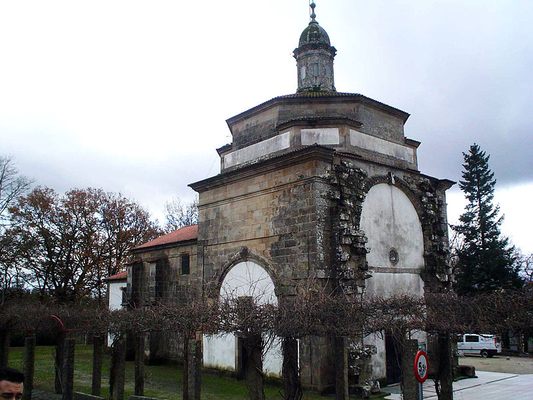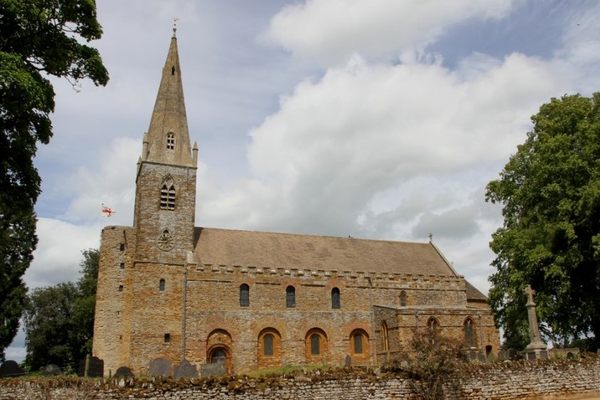About
Despite her obfuscated origins, one thing goes without question: Santa Minia died young, and she is holier than thou.
Inside the chapel in the Galician village of Brión rests the wax-encased remains of the martyred teenage saint Minia. Prominently displayed in the sanctuary in a heavily ornamented glass case, Minia didn't reach her final resting place until the 19th century.
As a daughter to a wealthy Roman family, Santa Minia met her end in the early 4th century. One story holds that she was "certainly beheaded in 362," though precise information regarding her death has remained evasive due to the combination of poor record keeping and the meandering path the saint took in arriving at Brión.
The relics of Minia changed hands several times over the ages. After being exhumed from the catacombs of St. Agnes in 1783 by order of Pope Pius VII, her remains were remitted to the care of Bishop Bartholomew Menochio. In 1804, by order of Prefect of the Sacred Apostle, her skeleton was given to an intermediary who kept them for only a month before it was passed on to a wealthy merchant from Cadiz named Tomás de Anduaga.
Despite all the holy men who'd had cared for Minia's blessed remains over the years, it was this merchant who ultimately installed what was left of Minia at her permanent shrine in Brión. The attire that covers her wax likeness is luxe, and styled in an ancient Roman fashion, complete with a chalice at her feet that is said to contain her blood.
Every year surrounding the 27th of September, the Festival of Santa Minia proves to be a grand affair in Brión that attracts upwards of 45,000 devotees. On these days, the faithful flock to Minia to seek her purported miraculous healing properties, with many believers traveling great distances on their knees to express their extreme devotion and gratitude.
Related Tags
Published
August 21, 2015




























